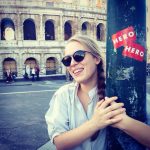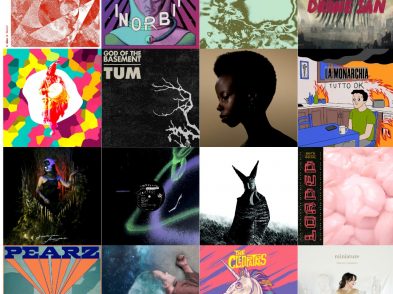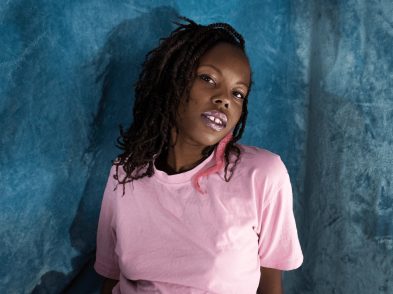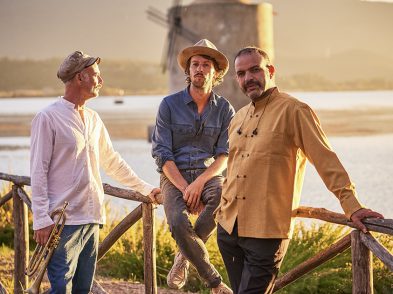Although newborn, Prato’s Centro Pecci is making its voice heard with a calendar of collateral events spanning from cinema, movies, performances and, last but not least, music.
On Sunday November 6th from 6 to 8pm the blooming art museum will be hosting American experimental musician and composer Ben Vida’s most recent work “Reducing the Tempo to Zero”, a site specific sound piece involving local choirs (On this occasion, Prato’s Coro Euphonios will be on stage) and electronics. We chatted with Ben after his first encounter with Tuscany’s new bold and brave home to everything contemporary, where collective exhibition “The End of the World” is on show until March 19 2017.
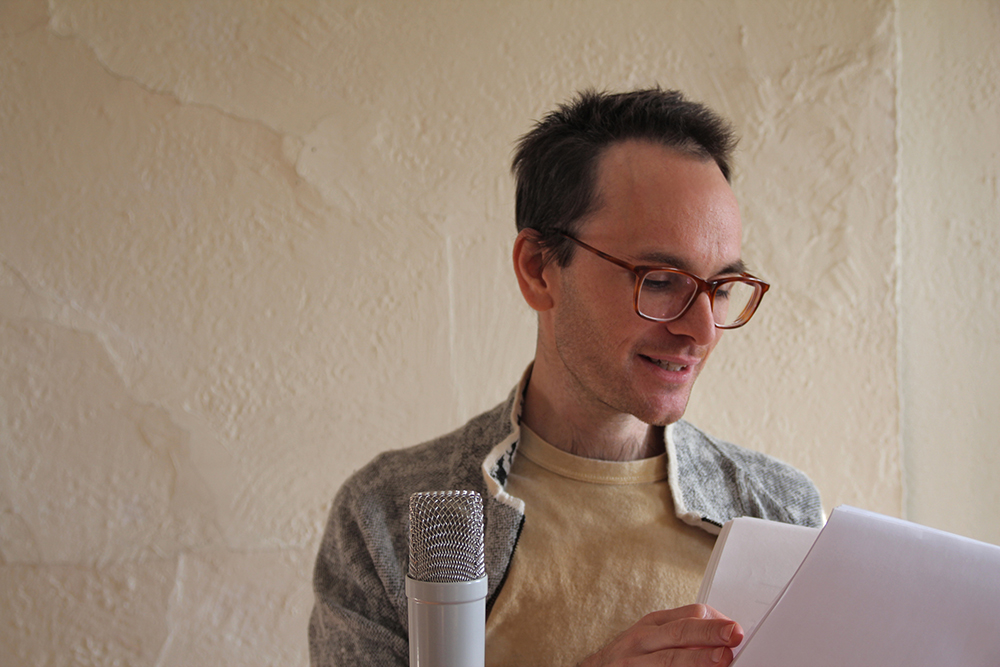
Michelle Davis: Reading about “Reducing the Tempo to Zero”, it appears that this composition revolves around three main pillars – space, sound and the public. Tell us a bit more about the roles these elements play in your work.
Ben Vida: I think that one of the most interesting aspects of this composition is its site specific quality. Before Prato, I was in Belgium and at the Rossini Art Site near Milan and every time I presented it, its turnout was significantly determined by the vocalists and setting it was presented in.
MD: After performing in internationally renowned museums and institutions such as the Guggenheim, London’s Institute of Contemporary art and Sydney’s iconic Opera House, what was your first impression when you walked into Prato’s Centro Pecci?
BV: I feel that the exhibit that is on display now is definitely in dialogue with the international contemporary arts scene and I believe that oscillating between the music world and the art world is a very generative and exciting approach. Having these kinds of contexts made available to me makes me further question my work even more and brings me to new levels of creativity. Working with this institution is quite amazing because even though Prato is a smaller city, the Centro Pecci’s programming for the new space is ambitious and I am glad to be a part of this ambition.
MD: Absolutely! How do you think the space will influence your work?
BV: It’s actually very interesting because the space that I will be performing in is right in the middle of this pre-existing exhibit and because of the nature of the architecture, viewers will be able to flow into the composition and then back out. This piece is a durational work that on this occasion will be two hours long (It has lasted up to 4 hours!) and the idea is that the audience should be able to come and go as they please. I think that the Centro Pecci is the ideal space to foster this kind of fluid dynamic.
MD: The piece also shifts between improvisation and repetition. How do you deal with these two extremes?
BV: This specific work is based on improvisation but within compositional parameters which consist of very simple guidelines. What I find fascinating about bringing it to Europe is that it is built on non-linguistic language and was first created using the English phonetic language, so working with locals I can also play with the different quality of their voices.
MD: Would you say that therefore you’re not only reducing the tempo to zero but also you are creating an abstract space for equality?
BV: Although I do love the idea, it’s a pretty heavy proposition! I must say that travelling and bringing my work all over the world I have been able to discover an international community of like-minded, empathetic people who help each other produce art and music. There is no nationalism involved, it’s all about sharing a free-flowing, creative and generous mindset.
MD: So I gather this isn’t your first time in Italy…
BV: I’ve been to Italy many times, playing music and travelling. My mother’s family is originally from Italy so I visited the country as a young boy to meet my relatives. I have a lot of Europe in me. My surname, Vida, is Romanian.
Ben Vida’s concert is organised by Prato’s Centro Pecci in collaboration with Hand Signed. You can see an example of the sound piece here.
For more information, visit Centro Pecci’s website.

